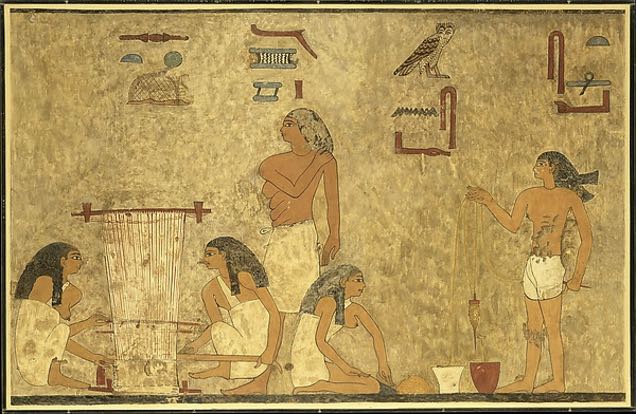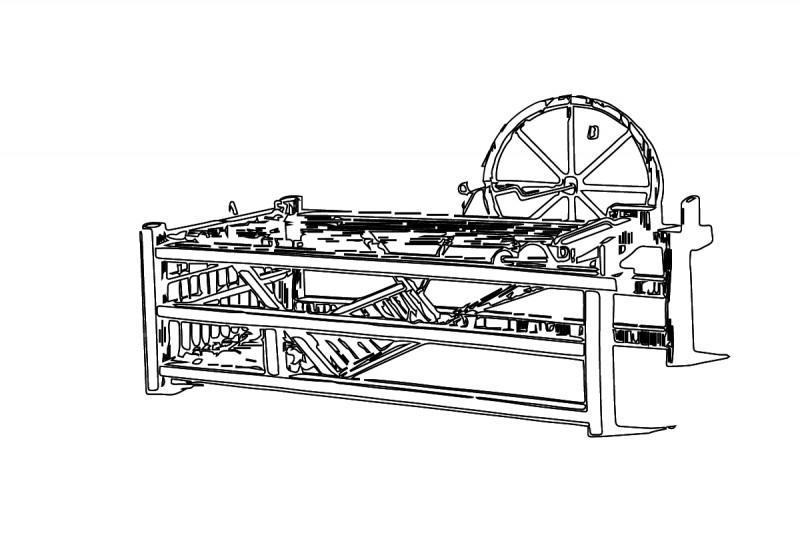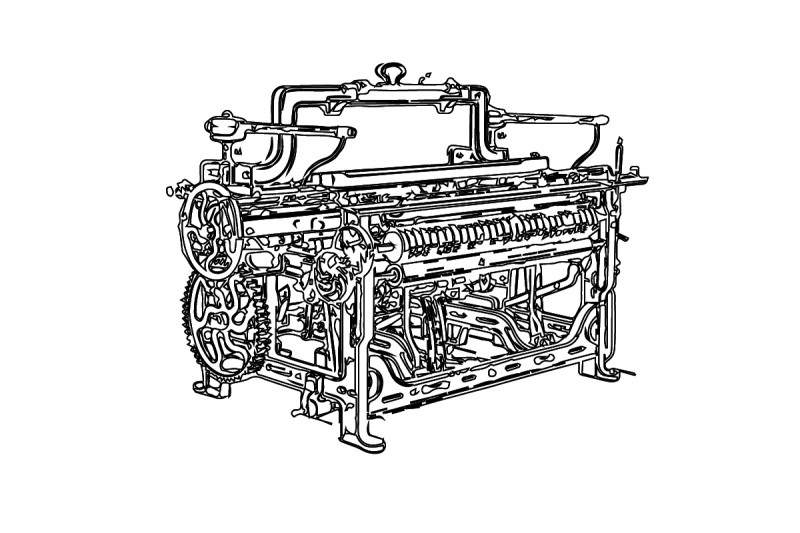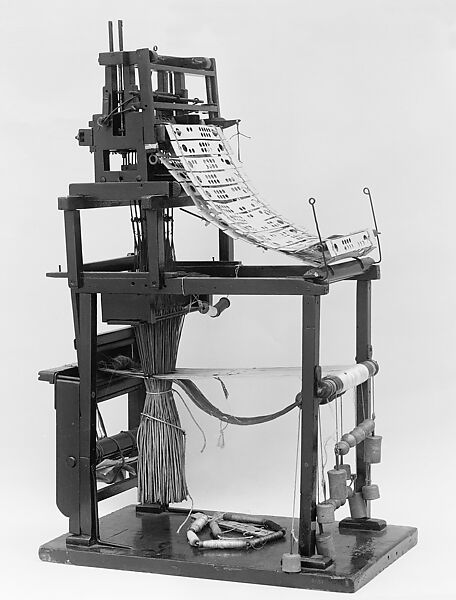Weaving is one of the oldest crafts in human history, with roots that trace back thousands of years. What began as a simple method of intertwining fibers by hand has evolved into a sophisticated process driven by modern machinery. This evolution in weaving techniques not only reflects the advancement of human civilization but also the continuous innovation in textile production. Today, weaving stands as a testament to both tradition and technological progress, playing a crucial role in the textile industry.

The Beginnings: Ancient Weaving Techniques
The history of weaving dates back to ancient civilizations, where people used basic tools and techniques to create fabrics from natural fibers like cotton, wool, and flax. The earliest evidence of weaving can be found in the remnants of cloth from ancient Egypt, dating back to around 5000 BC. These early weavers used primitive looms, which were often simple frames made from wood or reeds.
Hand Looms and Early Innovations

One of the most significant developments in ancient weaving was the invention of the hand loom. This tool allowed weavers to create more complex patterns and larger pieces of fabric. The hand loom, which is still in use today in some parts of the world, consists of a frame that holds the warp threads in place while the weft threads are woven through them.
In ancient China and India, weavers developed sophisticated techniques using hand looms to create intricate patterns and textiles. These early innovations laid the foundation for the diverse range of fabrics we see today. To understand the different types of weaving looms and how they impact fabric production, check out our blog on Understanding Weaving and Fabric Loom Types.
The Middle Ages: Advancements in Weaving
During the Middle Ages, weaving techniques continued to evolve, particularly in Europe. The introduction of the horizontal loom, which allowed weavers to sit while working, greatly improved the efficiency and quality of weaving. This period also saw the rise of guilds, which were organizations of skilled weavers who shared techniques and maintained high standards of craftsmanship.

The development of the draw loom in China around the 5th century AD was another milestone in the history of weaving. This loom allowed weavers to create intricate patterns by controlling individual warp threads, leading to the creation of complex designs such as brocades and damasks.
The Industrial Revolution: Mechanization of Weaving
The Industrial Revolution in the 18th century marked a turning point in the history of weaving. The invention of the flying shuttle by John Kay in 1733 was a game-changer, as it allowed a single weaver to produce wider fabrics at a much faster rate. This innovation paved the way for the mechanization of weaving and the mass production of textiles.
Power Looms and Mass Production

The invention of the power loom by Edmund Cartwright in 1785 revolutionized the textile industry. The power loom, driven by steam engines, automated the process of weaving, drastically increasing production speed and reducing labor costs. This invention was critical in meeting the growing demand for textiles during the Industrial Revolution.
With the advent of power looms, weaving became a highly industrialized process. Factories equipped with hundreds of power looms could produce vast quantities of fabric, leading to the rise of textile mills and the expansion of the textile industry worldwide.
Modern Weaving Techniques: The Role of Technology
Today, weaving is a highly advanced process, thanks to the integration of digital technology and automated machinery. Modern looms are computerized, allowing for precise control over the weaving process. These machines can produce complex patterns with high accuracy and consistency, making them indispensable in the production of high-quality textiles.
Jacquard Looms and Digital Weaving

One of the most significant advancements in modern weaving is the development of the Jacquard loom, which uses punch cards or digital commands to control the weaving process. This loom allows for the creation of intricate patterns and textures that were previously impossible to achieve with traditional looms. The Jacquard loom’s digital counterpart is now widely used in the textile industry, enabling designers to experiment with complex designs and bring them to life with precision.
Exploring the various cotton weaves and understanding how different weaving techniques impact fabric texture is essential for anyone interested in textiles. For a deeper dive into this topic, visit our blog on Exploring the Diverse Cotton Weaves: A Guide to Understanding Fabric Textures.
The Impact of Digital Technology
Digital technology has also revolutionized the way textiles are designed and produced. From computer-aided design (CAD) software to automated weaving machines, technology has streamlined the entire process, making it more efficient and versatile. Designers can now create digital patterns and translate them directly into woven fabrics, opening up new possibilities for innovation in textile design.
To learn more about how digital technology is transforming the textile industry, check out our blog on The Impact of Digital Technology on Textile Design and Production.
Conclusion: Weaving Through Time
The evolution of weaving techniques, from ancient looms to modern machinery, reflects humanity’s journey of innovation and progress. What started as a manual craft has transformed into a highly automated and sophisticated process, driving the textile industry forward. As technology continues to advance, the future of weaving holds exciting possibilities, with even more efficient and creative methods on the horizon.
For businesses looking to stay at the forefront of this ever-evolving industry, it’s essential to embrace both tradition and technology. Locofast is committed to providing innovative solutions that help textile manufacturers navigate this new era of production. Visit locofast.com to discover how we can support your business in harnessing the power of modern weaving technology.